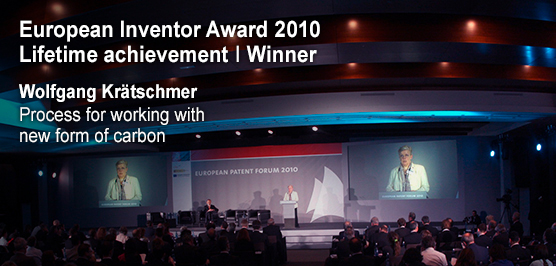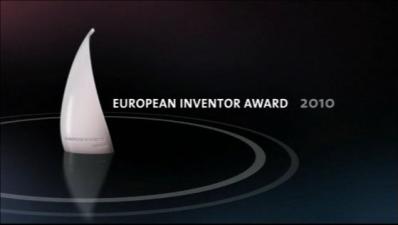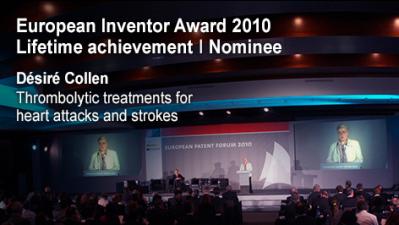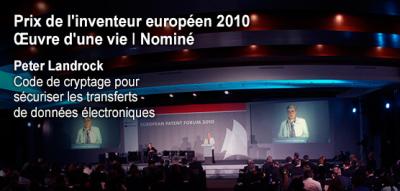Wolfgang Krätschmer
Process for working with new form of carbon
In 1985, the scientific community was shaken by the discovery a new form of pure carbon. It was la-belled “C60” for being composed of 60 carbon atoms.
Molecules of C60 are also referred to as "fullerenes" owing to their soccer-ball shape. The name pays homage to designer Buckminster Fuller and the shape of his ball-shaped "geodesic" dome buildings.
There was just one problem at the time of discovery of C60: the new carbon could only be detected through spectroscopic - meaning "wavelength" - analysis. Therefore, researchers could not visualise fullerenes to see the soccer-ball shape with their own eyes. Fullerenes remained a matter of theory.
Things changed in 1990 when German nuclear physicist Wolfgang Krätschmer invented a method for producing fullerenes visible to the naked eye. Krätschmer's invention not only provided practical evidence of the 1985 discovery - and the soccer-ball shape - it essentially created a new field of scientific study.
At the beginning of his career, Wolfgang Krätschmer did not set such high goals. After receiving his PhD from the Max Planck Institute of Nuclear Physics in Heidelberg in 1971, he began researching samples from meteorites, the earth and moon for effects of radiation damage.
While researching interstellar dust particles at the University of Arizona in the United States, Krätschmer noticed elements with strange properties among the carbon and graphite samples. What was going on?
The answer arrived in 1985, when Scientists Harry Kroto, Richard Smalley and Bob Curl accidentally created C60 in their laboratory while simulating the high-pressure formation of stars in the universe.
Knowing that he had encountered C60 molecules in his laboratory, Krätschmer re-examined his findings. Working together with Donald Huffman at the University of Arizona resulted in the "Krätschmer-Huffman-Method" for producing gram-sized samples of fullerenes.
The availability of C60 for research proved a quantum leap for the scientific investigation of fullerenes: within just three years, scientists filed nearly 300 applications for new patent families relating to fullerenes. Thousands have followed.
Currently, fullerenes are being utilised in high-performance lubricants, innovative fuels, new classes of superconductors and magnets, and polymers designed for data recording and storage. The global fullerene market posted total revenues of $300 million in 2008, a figure that is expected to rise to $4.6 billion in 2015.
Now retired, the 67-year-old has been an Honorary Professor at the University of Heidelberg since 1993. He also founded the Krätschmer Group, an organisation dedicated to research on fullerenes to continue his legacy.
Media gallery
Contact
European Inventor Award and Young Inventors Prize queries:
european-inventor@epo.org Subscribe to the European Inventor Award newsletterMedia-related queries:
Contact our Press team#InventorAward #YoungInventors



